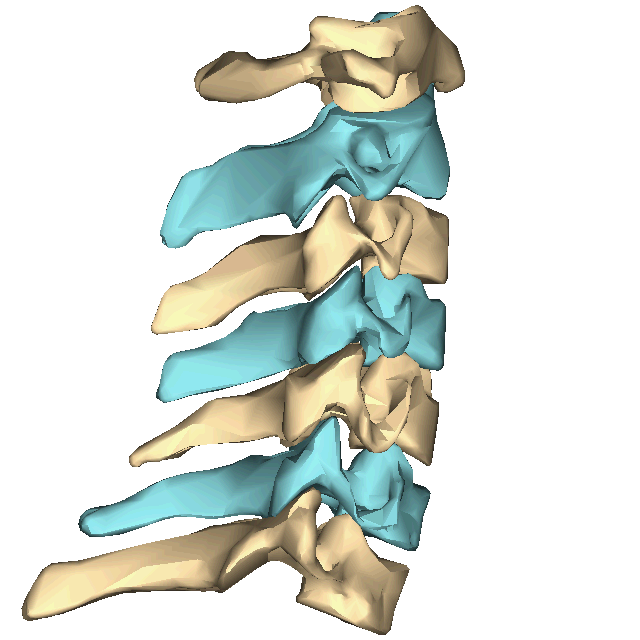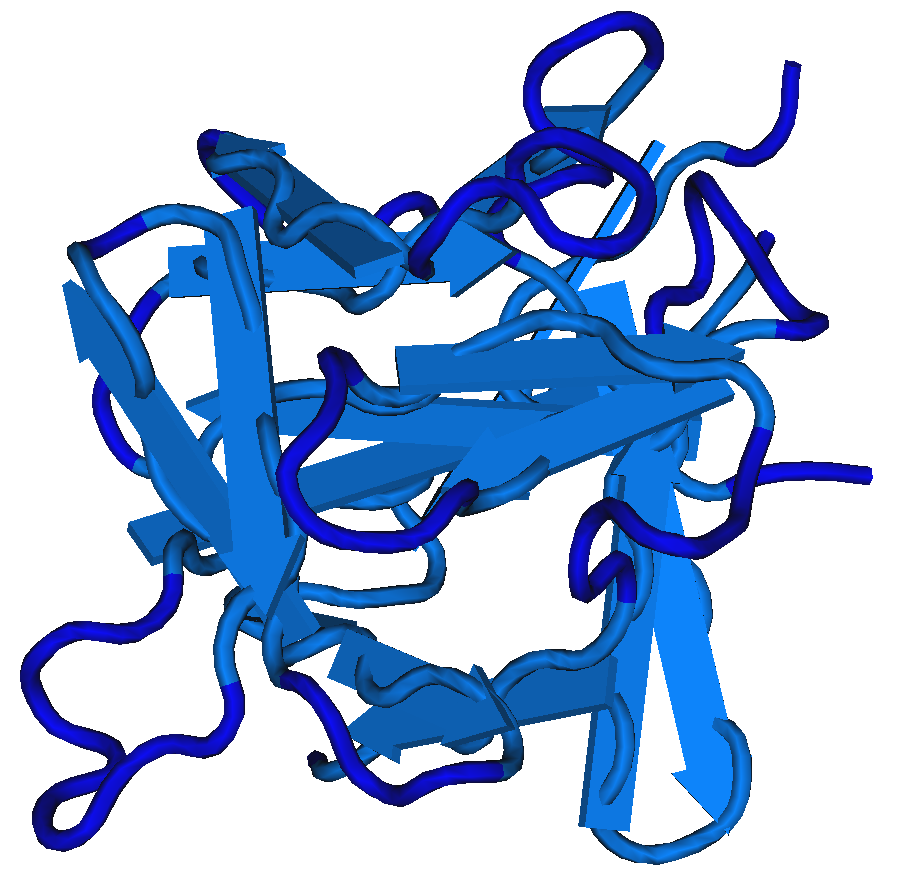Deficiency Of The Interleukin-1–receptor Antagonist on:
[Wikipedia]
[Google]
[Amazon]
Deficiency of the interleukin-1–receptor antagonist (DIRA) is an
 DIRA displays a constellation of serious symptoms which include
DIRA displays a constellation of serious symptoms which include
 The mechanism of ''deficiency of the interleukin-1–receptor antagonist'' affects the normal function of IL1RN gene. The protein produced by IL1RN gene prevents the normal activities of interleukin 1(alpha) and interleukin 1(beta). Therefore, the pathophysiologic immune and inflammatory responses are nullified. Interleukin 1 receptor antagonist (IL1RN) has a total of five
The mechanism of ''deficiency of the interleukin-1–receptor antagonist'' affects the normal function of IL1RN gene. The protein produced by IL1RN gene prevents the normal activities of interleukin 1(alpha) and interleukin 1(beta). Therefore, the pathophysiologic immune and inflammatory responses are nullified. Interleukin 1 receptor antagonist (IL1RN) has a total of five
 In terms of treatment a 2013 review indicates that
In terms of treatment a 2013 review indicates that
PubMed
{{Authority control Autoinflammatory syndromes Rare diseases
autosomal recessive
In genetics, dominance is the phenomenon of one variant (allele) of a gene on a chromosome masking or overriding the effect of a different variant of the same gene on the other copy of the chromosome. The first variant is termed dominant and t ...
, genetic autoinflammatory syndrome
Periodic fever syndromes are a set of disorders characterized by recurrent episodes of Systemic disease, systemic and organ-specific inflammation. Unlike autoimmune disorders such as systemic lupus erythematosus, in which the disease is caused by ...
resulting from mutation
In biology, a mutation is an alteration in the nucleic acid sequence of the genome of an organism, virus, or extrachromosomal DNA. Viral genomes contain either DNA or RNA. Mutations result from errors during DNA or viral replication, mi ...
s in '' IL1RN'', the gene
In biology, the word gene (from , ; "...Wilhelm Johannsen coined the word gene to describe the Mendelian units of heredity..." meaning ''generation'' or ''birth'' or ''gender'') can have several different meanings. The Mendelian gene is a ba ...
encoding the interleukin 1 receptor antagonist
The interleukin-1 receptor antagonist protein (IL-1RN) is a protein that in humans is encoded by the ''IL1RN'' gene.
IL-1RN was initially called the IL-1 inhibitor and was discovered separately in 1984 by two independent laboratories. IL-1RN is a ...
. The mutations result in an abnormal protein
Proteins are large biomolecules and macromolecules that comprise one or more long chains of amino acid residues. Proteins perform a vast array of functions within organisms, including catalysing metabolic reactions, DNA replication, respo ...
that is not secreted, exposing the cells to unopposed interleukin 1
The Interleukin-1 family (IL-1 family) is a group of 11 cytokines that plays a central role in the regulation of immune and inflammatory responses to infections or sterile insults.
Discovery
Discovery of these cytokines began with studies on t ...
activity. This results in sterile
Sterile or sterility may refer to:
*Asepsis, a state of being free from biological contaminants
* Sterile (archaeology), a sediment deposit which contains no evidence of human activity
*Sterilization (microbiology), any process that eliminates or ...
multifocal osteomyelitis
Osteomyelitis (OM) is an infection of bone. Symptoms may include pain in a specific bone with overlying redness, fever, and weakness. The long bones of the arms and legs are most commonly involved in children e.g. the femur and humerus, while the ...
, periostitis
Periostitis, also known as periostalgia, is a medical condition caused by inflammation of the periosteum, a layer of connective tissue that surrounds bone. The condition is generally chronic, and is marked by tenderness and swelling of the bone an ...
(inflammation of the membrane surrounding the bones), and pustulosis Pustulosis is highly inflammatory skin condition resulting in large fluid-filled blister-like areas - pustules. Pustulosis typically occurs on the palms of the hands and/or the soles of the feet. The skin of these areas peels and flakes ( exfoliates ...
due to skin
Skin is the layer of usually soft, flexible outer tissue covering the body of a vertebrate animal, with three main functions: protection, regulation, and sensation.
Other cuticle, animal coverings, such as the arthropod exoskeleton, have diffe ...
inflammation
Inflammation (from la, wikt:en:inflammatio#Latin, inflammatio) is part of the complex biological response of body tissues to harmful stimuli, such as pathogens, damaged cells, or Irritation, irritants, and is a protective response involving im ...
from birth.
Symptoms and signs
 DIRA displays a constellation of serious symptoms which include
DIRA displays a constellation of serious symptoms which include respiratory distress
Shortness of breath (SOB), also medically known as dyspnea (in AmE) or dyspnoea (in BrE), is an uncomfortable feeling of not being able to breathe well enough. The American Thoracic Society defines it as "a subjective experience of breathing disc ...
, as well as the following:
Cause
Those affected with DIRA have inherited (via autosomal recessive manner) mutations in IL1RN, a gene that encodes a protein known asinterleukin 1 receptor antagonist
The interleukin-1 receptor antagonist protein (IL-1RN) is a protein that in humans is encoded by the ''IL1RN'' gene.
IL-1RN was initially called the IL-1 inhibitor and was discovered separately in 1984 by two independent laboratories. IL-1RN is a ...
,
The cytogenetic location of IL1RN is 2q14.1, while its 2:113,099,364-113,134,015 are the genomic coordinates.
Mechanism
 The mechanism of ''deficiency of the interleukin-1–receptor antagonist'' affects the normal function of IL1RN gene. The protein produced by IL1RN gene prevents the normal activities of interleukin 1(alpha) and interleukin 1(beta). Therefore, the pathophysiologic immune and inflammatory responses are nullified. Interleukin 1 receptor antagonist (IL1RN) has a total of five
The mechanism of ''deficiency of the interleukin-1–receptor antagonist'' affects the normal function of IL1RN gene. The protein produced by IL1RN gene prevents the normal activities of interleukin 1(alpha) and interleukin 1(beta). Therefore, the pathophysiologic immune and inflammatory responses are nullified. Interleukin 1 receptor antagonist (IL1RN) has a total of five alleles
An allele (, ; ; modern formation from Greek ἄλλος ''állos'', "other") is a variation of the same sequence of nucleotides at the same place on a long DNA molecule, as described in leading textbooks on genetics and evolution.
::"The chro ...
, of those the (IL1RN*1) and (IL1RN*2) are the most common as the other alleles are seen less than 5 percent.
IL-1RN binds to the same cell receptors as the inflammatory protein IL-1, and blocks its inflammatory actions. Without IL-1Ra, the body cannot control systemic inflammation that can be caused by IL-1.
Diagnosis
Those affected with deficiency of the interleukin-1–receptor antagonist can have diagnosis achieved via noting an increase oferythrocyte
Red blood cells (RBCs), also referred to as red cells, red blood corpuscles (in humans or other animals not having nucleus in red blood cells), haematids, erythroid cells or erythrocytes (from Greek ''erythros'' for "red" and ''kytos'' for "holl ...
sedimentation rate, as well as the following:
* Genetic test
Genetic testing, also known as DNA testing, is used to identify changes in DNA sequence or chromosome structure. Genetic testing can also include measuring the results of genetic changes, such as RNA analysis as an output of gene expression, or ...
* Radiological
In physics, radiation is the emission or transmission of energy in the form of waves or particles through space or through a material medium. This includes:
* ''electromagnetic radiation'', such as radio waves, microwaves, infrared, visib ...
findings
* Clinical findings
Treatment
 In terms of treatment a 2013 review indicates that
In terms of treatment a 2013 review indicates that colchicine
Colchicine is a medication used to treat gout and Behçet's disease. In gout, it is less preferred to NSAIDs or steroids. Other uses for colchicine include the management of pericarditis and familial Mediterranean fever. Colchicine is taken ...
can be used for DIRA. Additionally there are several other management options such as anakinra, which blocks naturally occurring IL-1.subscription required
See also
*Neonatal onset multisystem inflammatory disease
Neonatal-onset multisystem inflammatory disease is a rare genetic periodic fever syndrome which causes uncontrolled inflammation in multiple parts of the body starting in the newborn period. Symptoms include skin rashes, severe arthritis, and chro ...
(NOMID)
References
Further reading
*External links
PubMed
{{Authority control Autoinflammatory syndromes Rare diseases